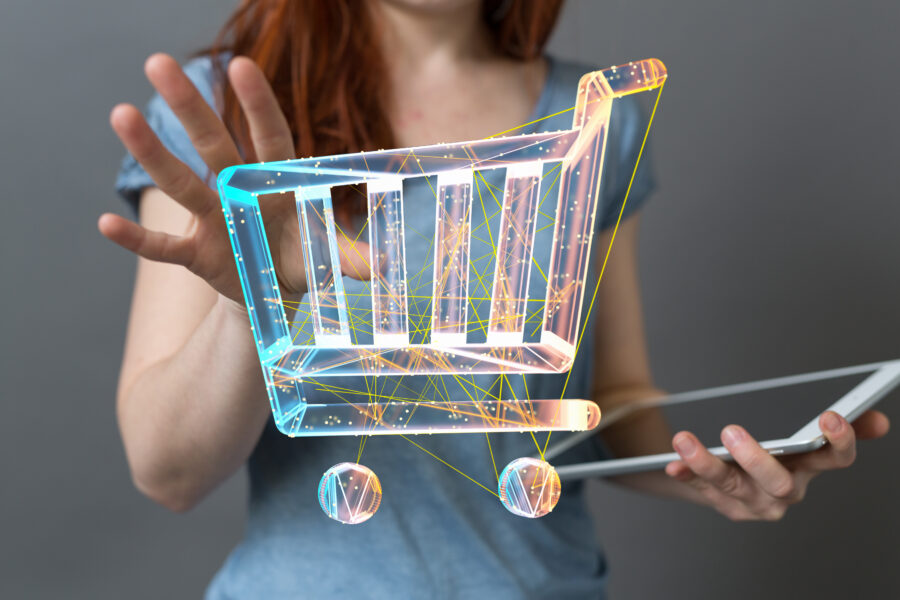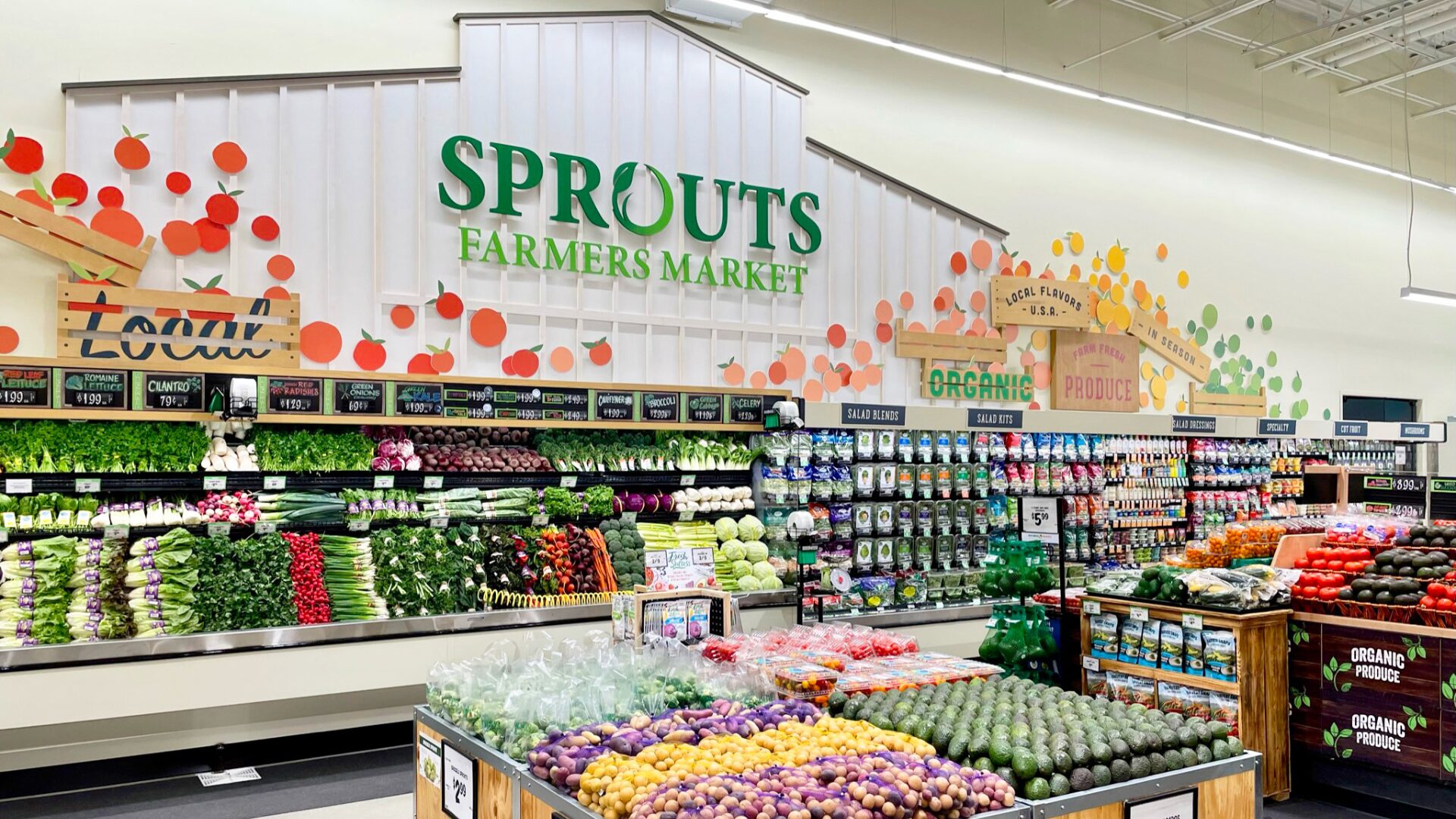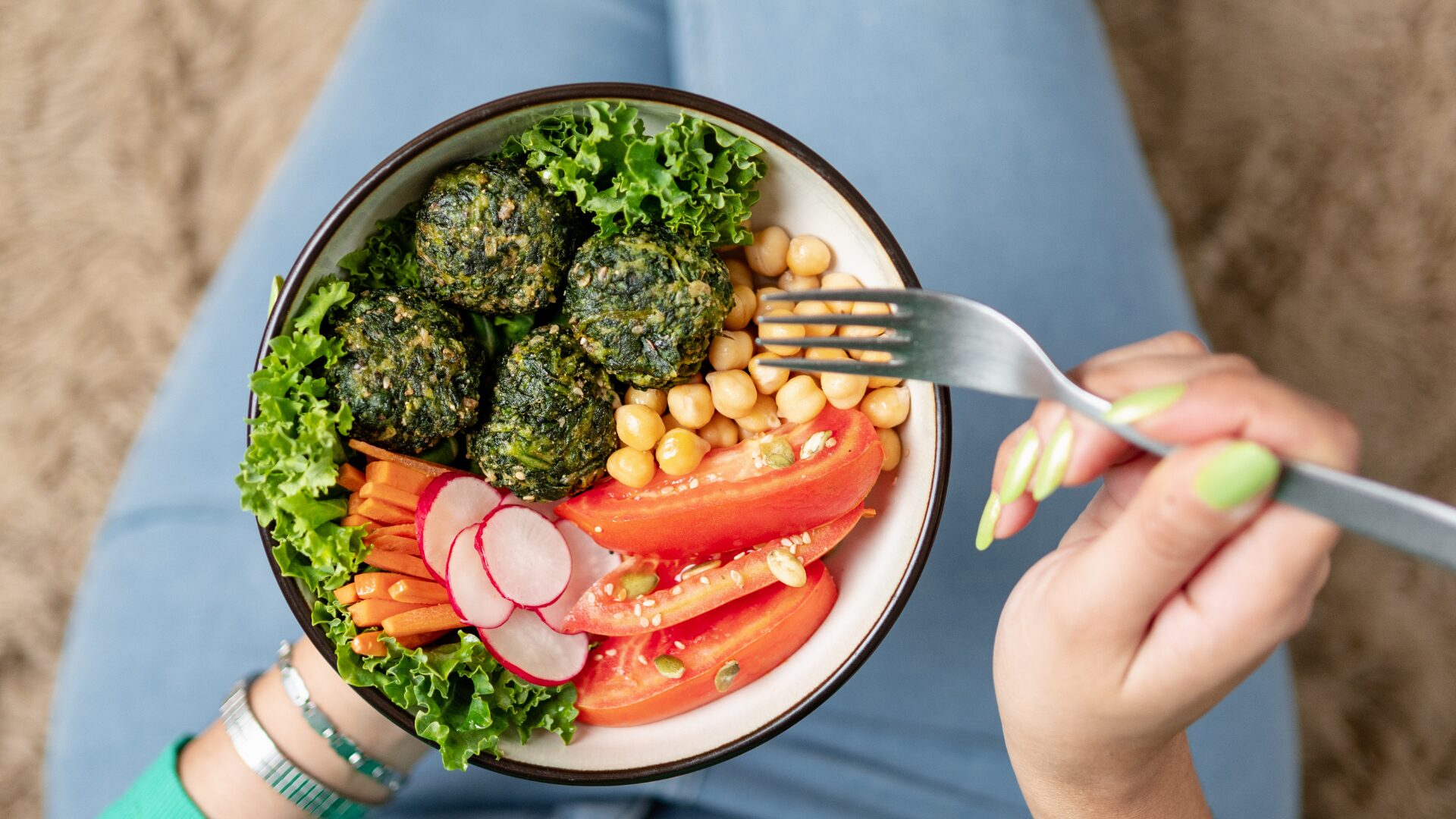The growth of digital grocery has slowed from the heights of the pandemic, but the trend is not over yet. The rise and fall of different challenges, from COVID causing shoppers to shelter at home to rising inflation causing consumers to shy away from adding shipping costs means that grocers need to keep ecommerce top-of-mind even when its trajectory isn’t as strong.
“For online grocery retailers we are looking at an ‘S-curve’ growth online; post-covid trading patterns are gravitating back to store on many product categories,” said Matt Hopkins, Global Retail Director at Board. “With inflation now shaping demand and resulting in less disposable income, however, retail is set to be ‘never normal’. We are essentially talking about a short-term pause for online growth, with most grocers continuing to invest and innovating with ecommerce offers as part of their overall growth strategy.”
The key to staying ahead of the curve is investing in differentiation, according to Hopkins. Now that ecommerce has become normalized for grocery, future growth will depend on creating a service that can stand out from what the competition is offering — whether that means competing on price, convenience, or another attribute.
“There is a good chance that as online grocery matures, several different formats and value propositions will coexist and compete for consumer baskets opening new growth opportunities,” said Hopkins. “Success will lay in differentiation and instant-delivery models that offer the fastest and most convenient delivery of a reduced assortment at a higher-price per item, similarly to what convenience formats offer in the store world. Other may differentiate themselves through larger assortments (for example, Ocado) or specialized hyper-local or super-healthy offerings for example.”
In the U.S., Kroger has been working with Ocado to take advantage of its capabilities while applying its own digital expertise. The partnership, which has focused on opening high-tech fulfillment centers across regions Kroger serves, helped increase the U.S. grocery’s delivery sales by 34% year-over-year for Q3 2022. It has helped Kroger emphasize personalization and efficiency by usings its highly automated fulfillment centers in conjunction with its internal 84.51° data science business to maximize ecommerce potential.
Investments in advanced analytics will be vital for grocers as competition in the digital grocery space grows fiercer, according to Hopkins. These tools can help “unify their business decisions and align customers to assortment, price, and promotions in planning and execution,” he noted. Data analytics also can power store-specific assortments that can further drive sales and profitability, but that requires integrating even more advanced capabilities like demand sensing.
Other data-focused areas that are essential for boosting the returns on omnichannel operations as a whole are assortment planning and pricing, according to Hopkins. Additionally, he called intelligent planning practices and processes “must haves,” as customer-centric and market data are now essential parts of the planning cycle — which means sales and loyalty data are no longer enough on their own.
“Intelligent planning means integrating and unifying decisions across multiple process ‘hand-offs’ and siloed teams,” said Hopkins. “A good example is the integration opportunity between financial and operational planning, taking financial budgets right down to SKU and store level, capturing indirect and variable costs that can be used for better assortment and fulfilment decisions. This is an essential first step in building a decision framework that can better automate and inform decision making.”












